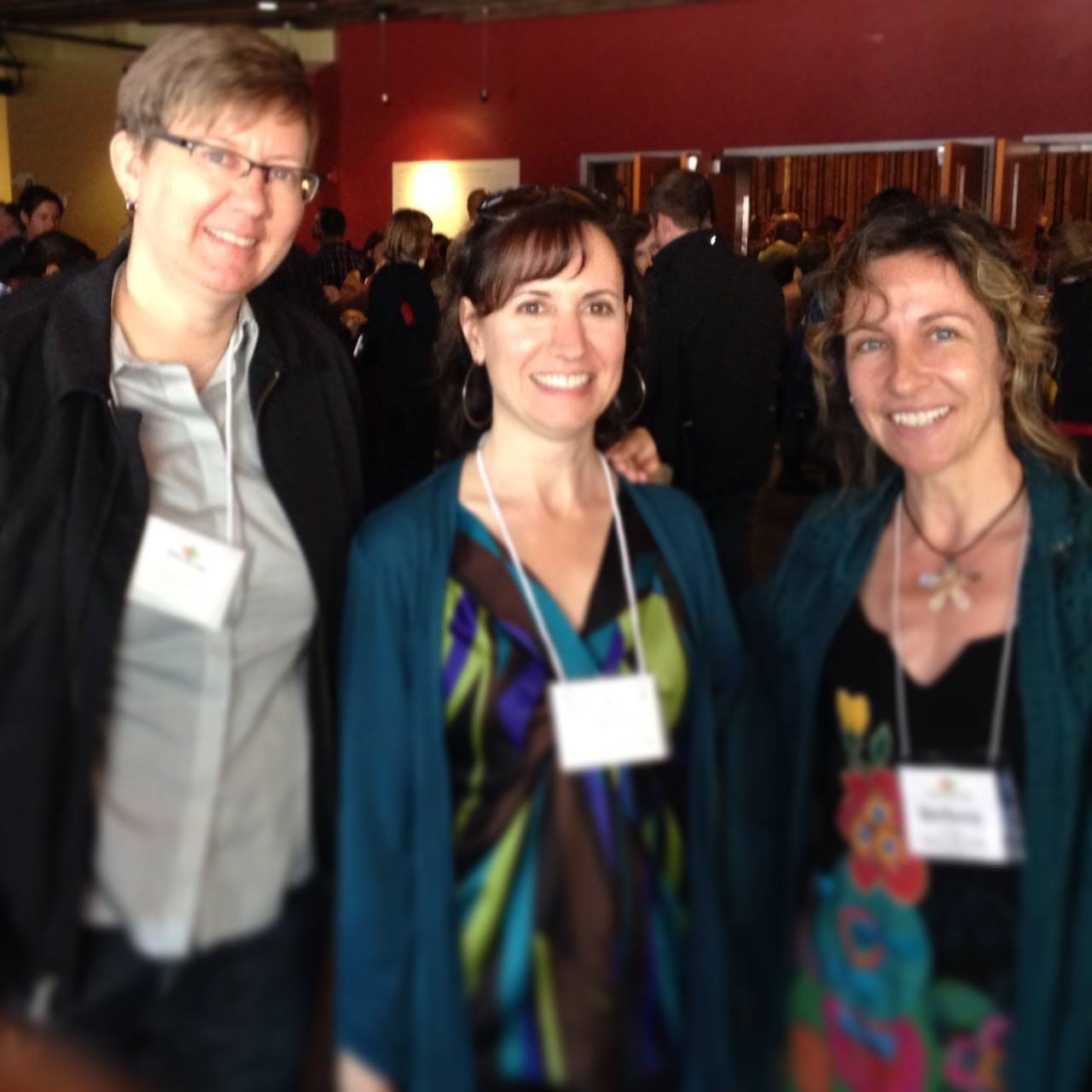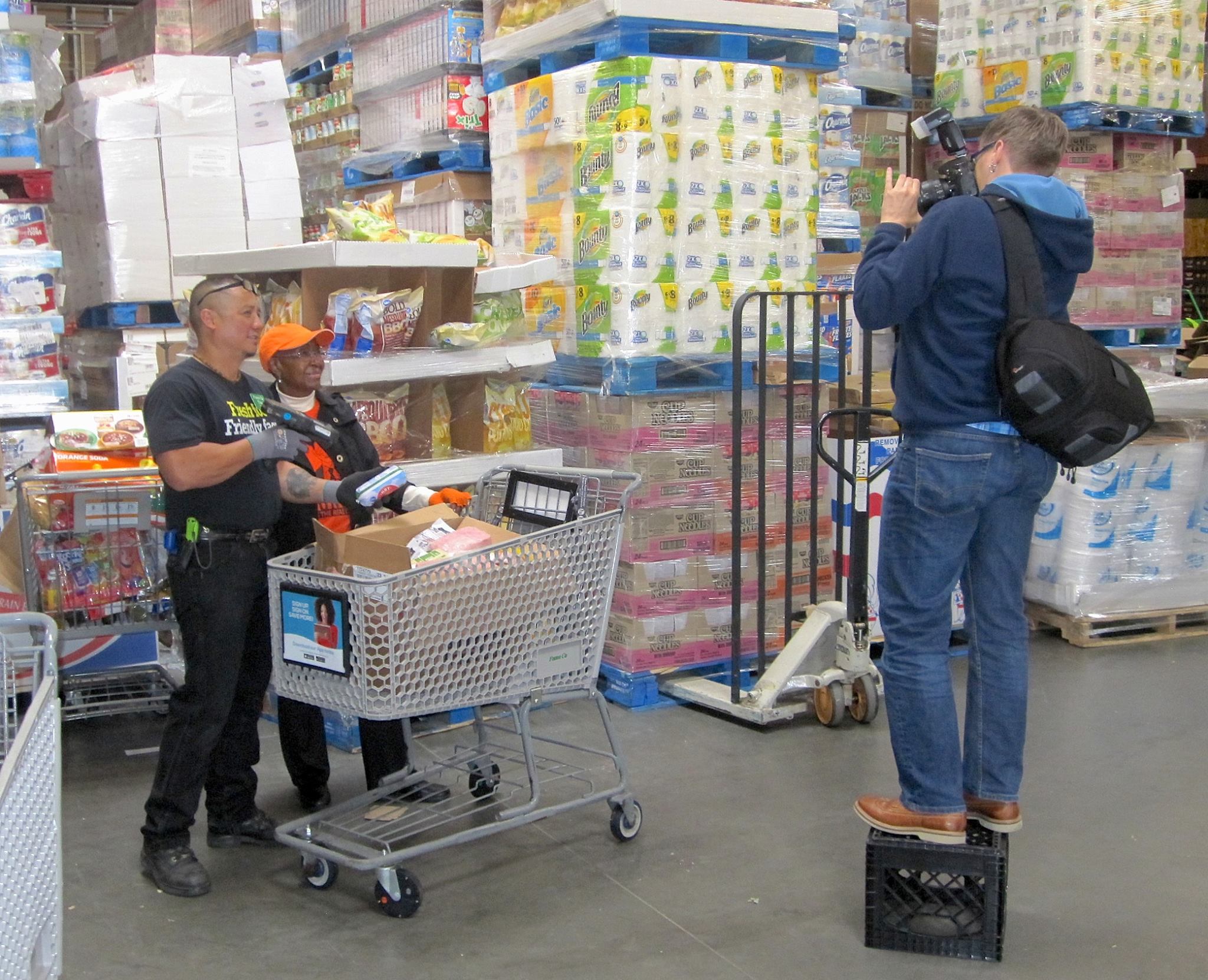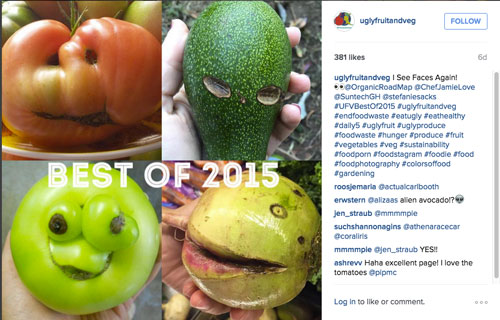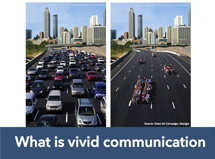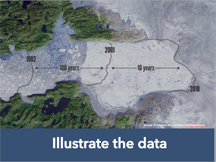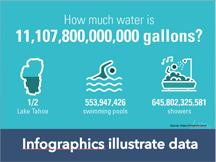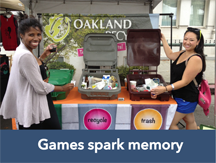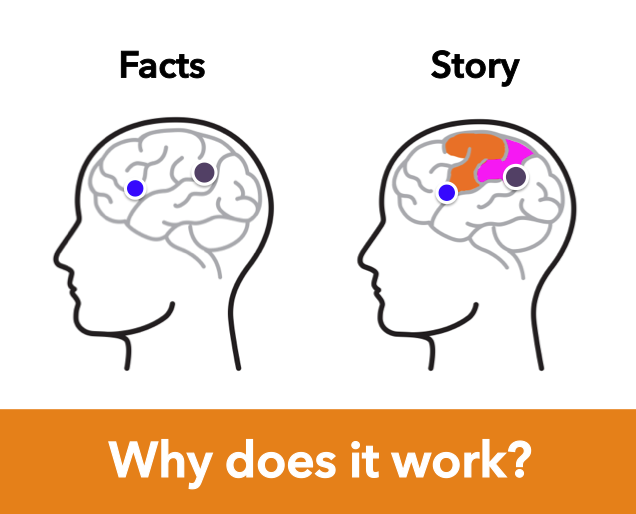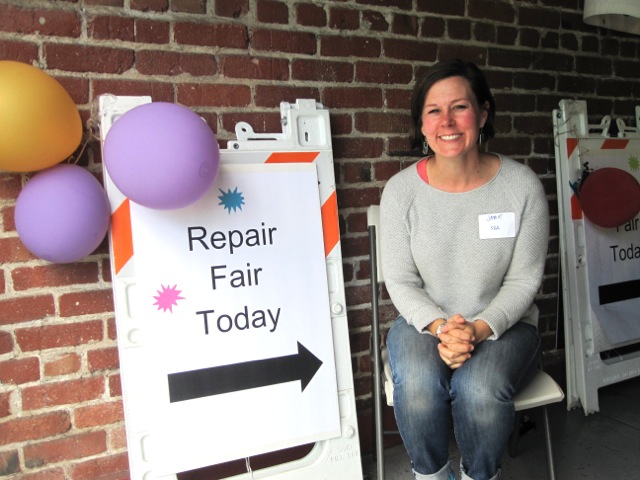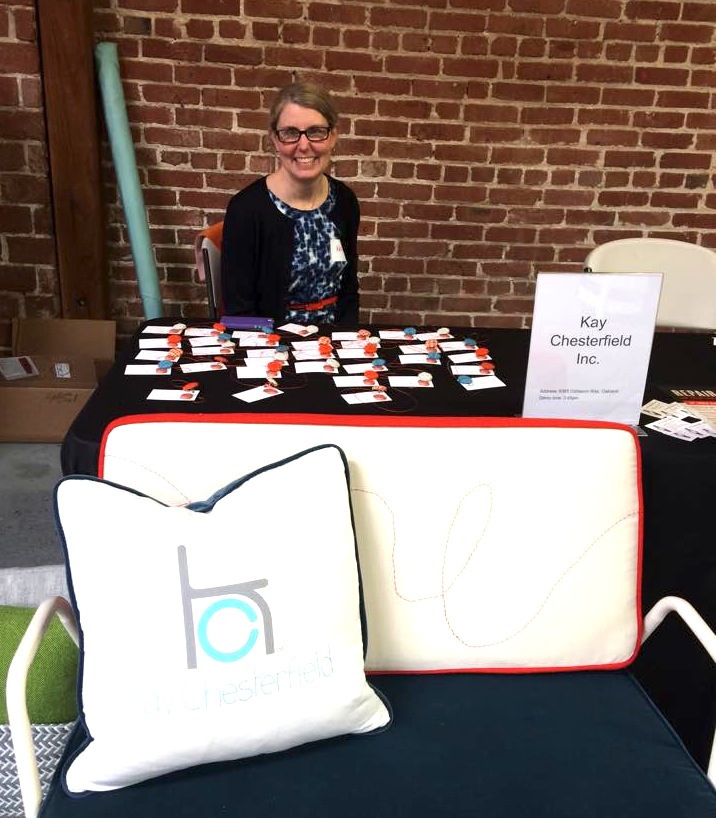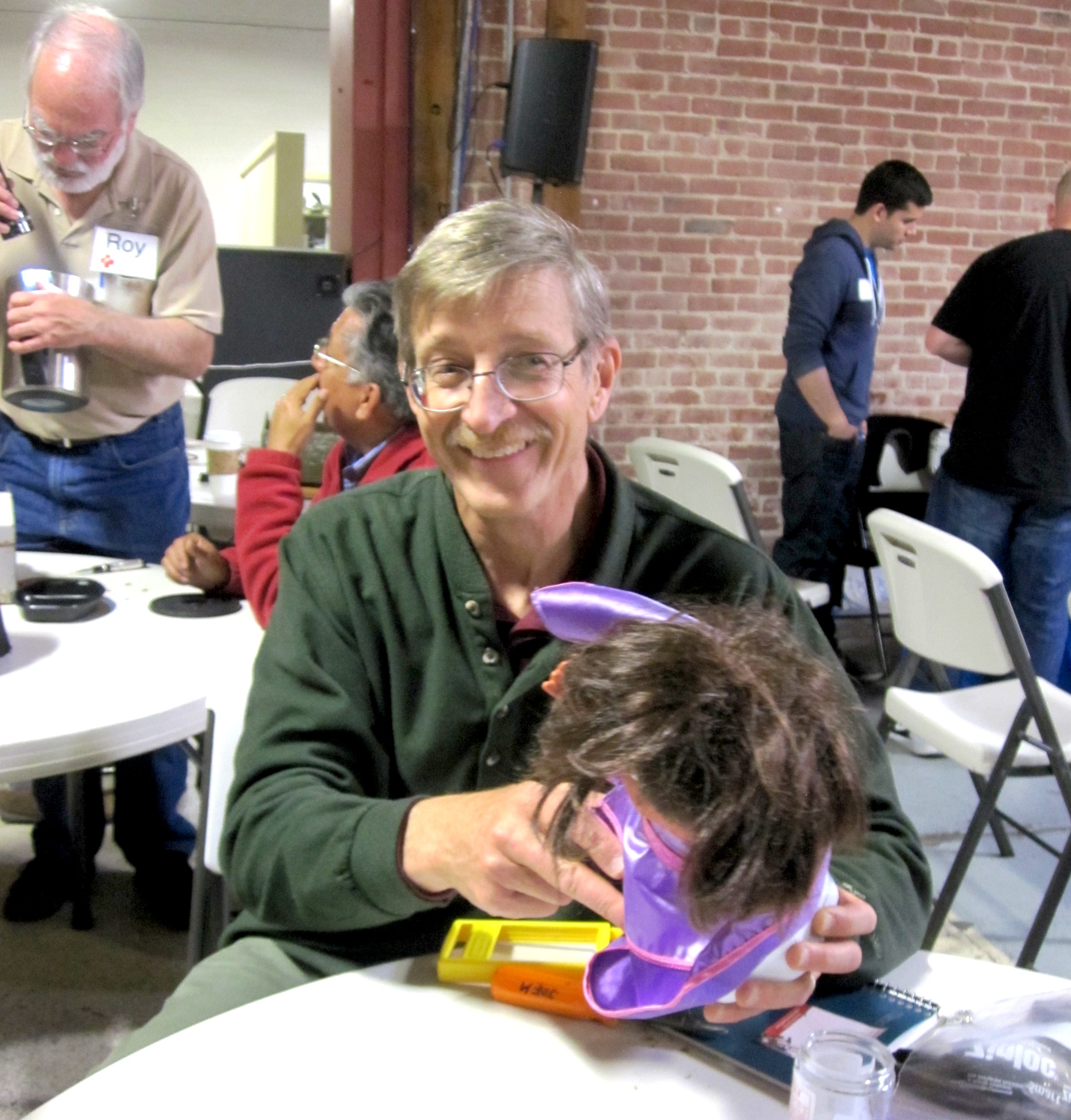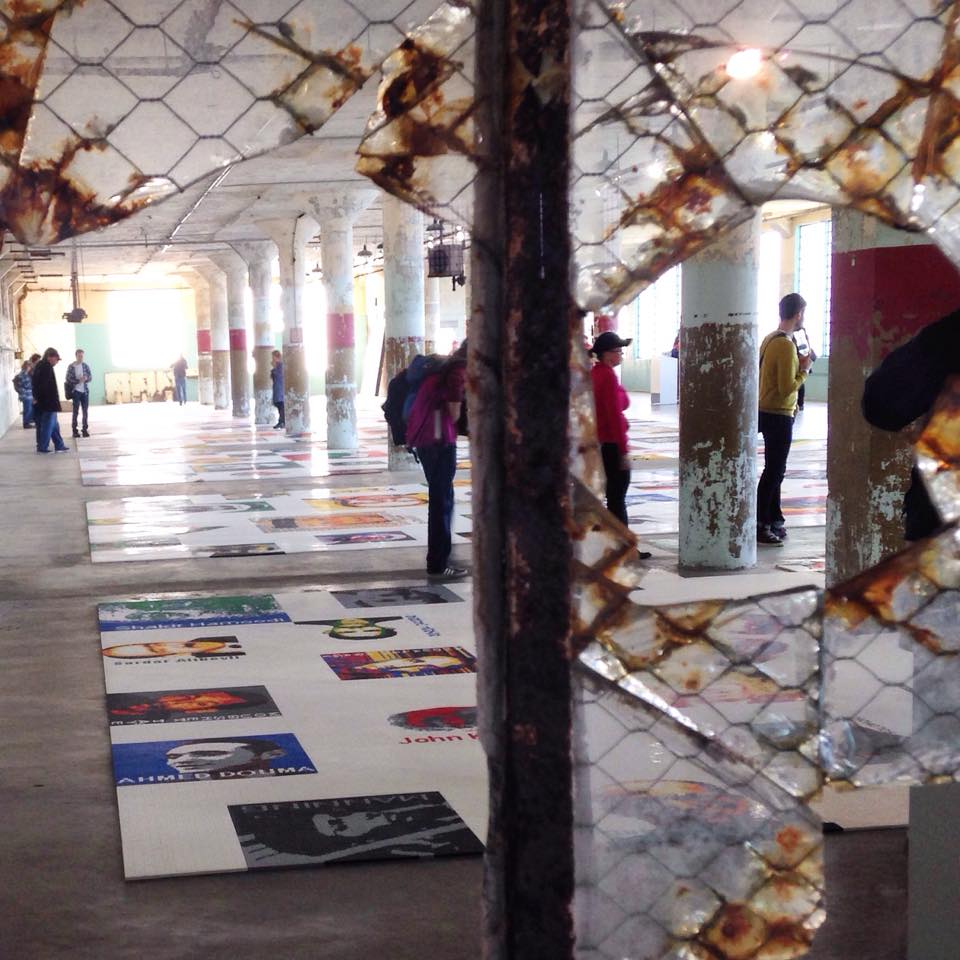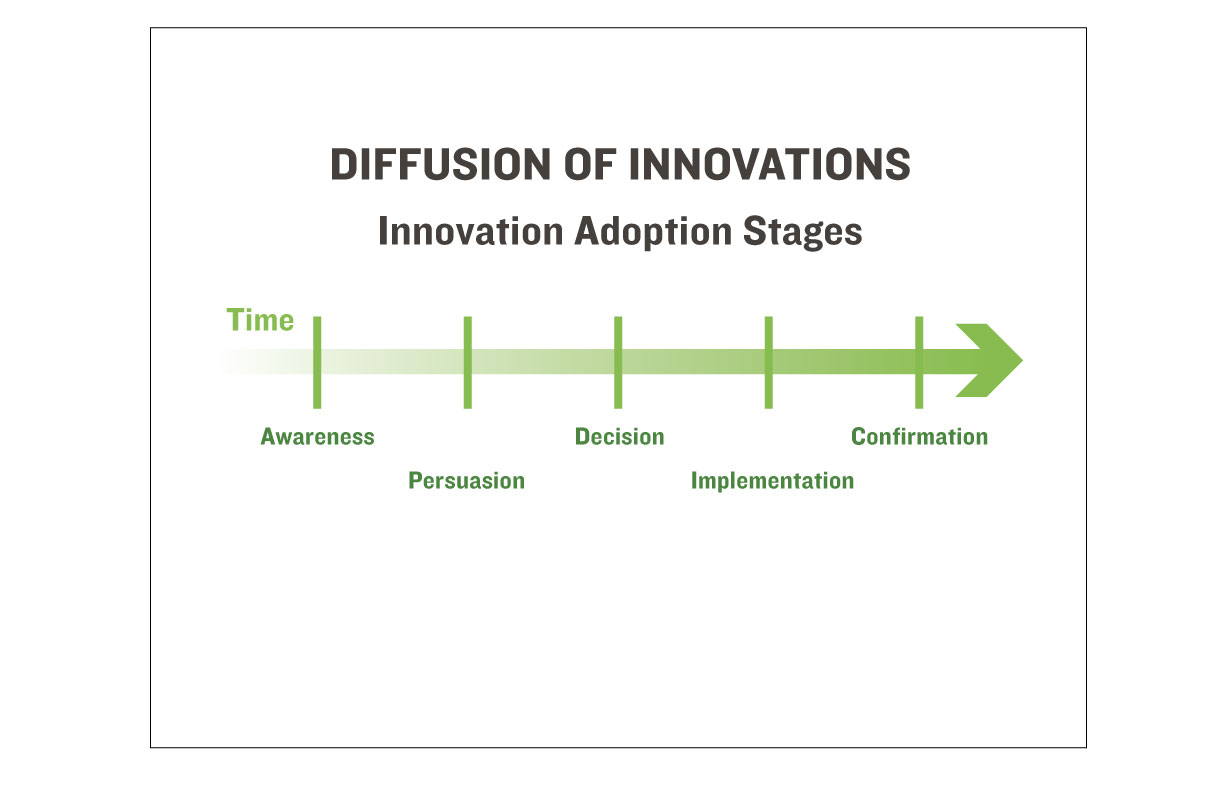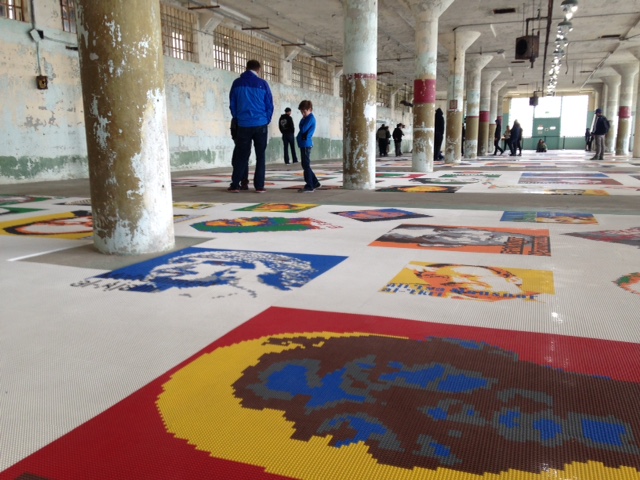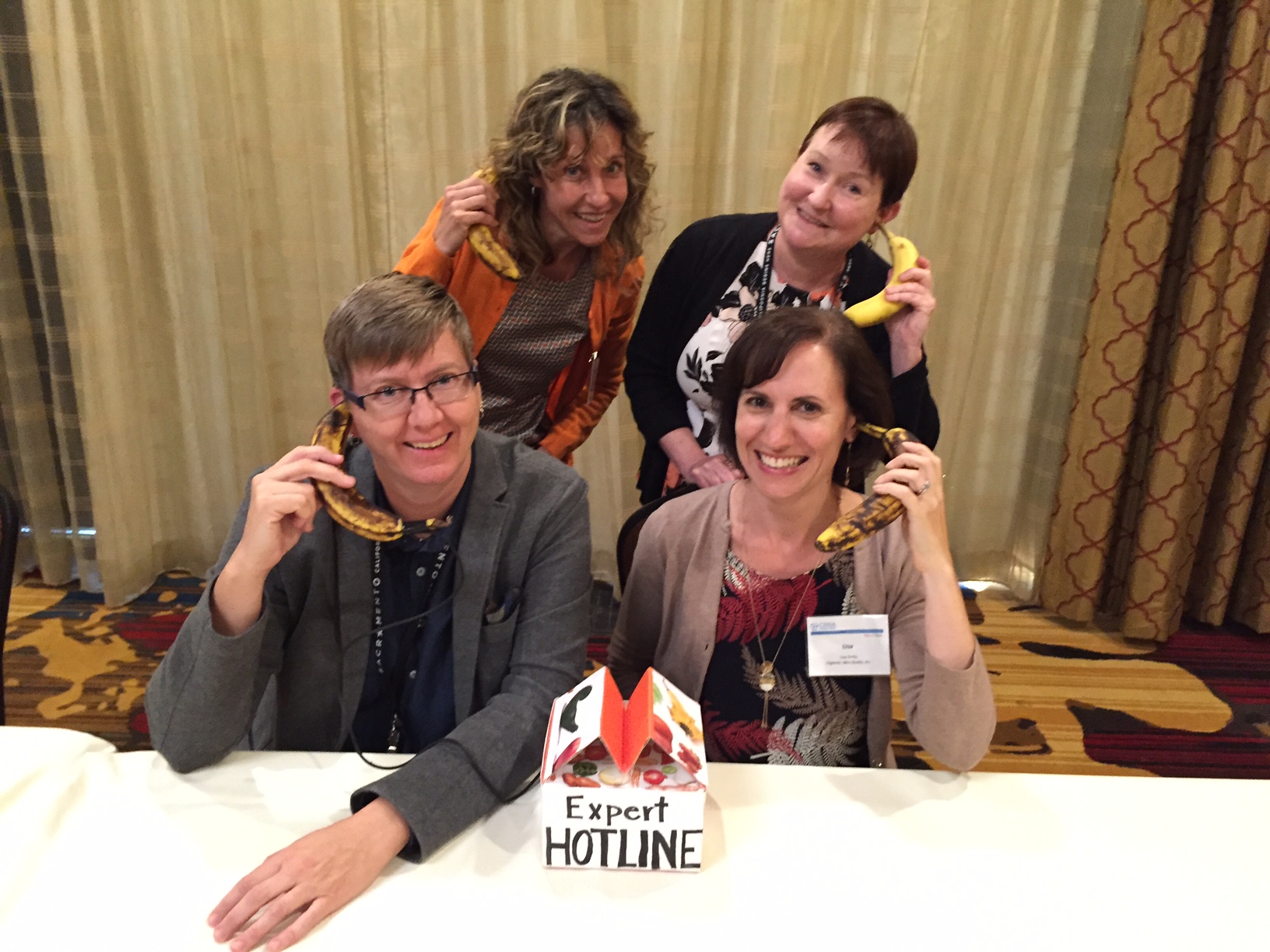
It’s easy to fall into a rut with environmental outreach tools (websites, brochures, bill inserts, how-to-recycle guides, etc.) But even the smallest touch-up can really help make a piece become more effective. In preparation for the recent California Resource Recovery Association (CRRA) annual conference, the Gigantic team put out a call to our email list, asking for samples of outreach materials that were ready for a makeover. We selected two submissions – the City of Fremont’s multi-family recycling guide and the Conservation Corps North Bay’s services flyer, and got to work.
See the results in the presentation below. In doing these makeovers, a few key takeaways emerged that we’d like to share:
1) Tailor by Audience – Often agencies and organizations don’t have the resources to make separate pieces for each audience (for example, multi-family building residents and property managers), but you can use visual cues and wording to clarify to whom you are speaking within a piece.
2) Give a Clear Call to Action – Laundry lists of do’s and don’t’s can make people’s eyes glaze over. Single, clear action steps are more likely to get results.
3) Use Clear Instructions – There are some best practices for information such as waste sorting guides: use color coding, group images by type, and don’t overlap images – the brain takes in the shape of an uncluttered image and retains it better.
4) Tell Your Story – Stories stick. Make your messages come alive with vivid words and images, and beware of jargon and “internal speak.” Investing in custom photography with “real” community members pays off, as people see themselves in your outreach and are more likely to respond.
5) Be Consistent and Multi-Touch – No single brochure, no matter how well designed, can do all the work. Your message will go farther when all communication pieces work together visually and verbally, reinforcing your message across channels.
If your organization needs an outreach makeover, feel free to contact us and let’s see what we can do together!
